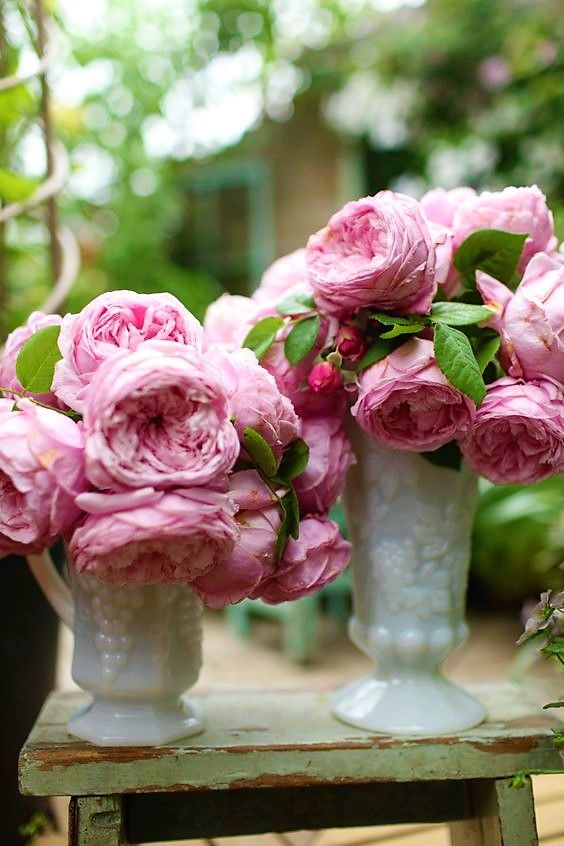Xeriscaping is a landscaping approach that focuses on creating beautiful, sustainable gardens that require minimal water input. Originating from the Greek word “xeros,” meaning dry, xeriscaping is particularly well-suited to arid and semi-arid regions where
water is scarce or in high demand. By incorporating drought-tolerant plants, efficient irrigation techniques, and thoughtful design principles, you can create a xeriscape garden that not only thrives in challenging conditions but also reduces water usage and promotes environmental sustainability. In this guide, we’ll explore the principles of xeriscape gardening and provide practical tips for designing a water-conserving oasis that is both beautiful and resilient.














Benefits of Xeriscape Gardening
Designing a xeriscape garden offers numerous benefits for homeowners, gardeners, and the environment:
- Water Conservation: Xeriscape gardens use significantly less water than traditional landscapes, making them ideal for regions prone to drought or water restrictions. By selecting drought-tolerant plants and implementing water-efficient irrigation methods, you can reduce your water usage and conserve this precious resource.
- Low Maintenance: Once established, xeriscape gardens require minimal maintenance compared to traditional lawns and gardens. Drought-tolerant plants are adapted to survive with less water and generally require less pruning, fertilizing, and pest control, saving you time and effort in garden upkeep.
- Cost Savings: By reducing water usage and maintenance requirements, xeriscape gardens can help lower your water bills and landscaping expenses over time. With fewer inputs required for irrigation, fertilization, and lawn care, you can enjoy cost savings while still enjoying a beautiful and vibrant garden.
- Environmental Sustainability: Xeriscape gardening promotes environmental sustainability by conserving water, reducing chemical inputs, and supporting biodiversity. By using native and drought-tolerant plants, you can create habitats for local wildlife, improve soil health, and reduce the ecological footprint of your landscaping practices.
Principles of Xeriscape Design
When designing a xeriscape garden, consider the following principles to create a water-conserving and visually appealing landscape:
- Plant Selection: Choose drought-tolerant plants that are well-adapted to your climate and soil conditions. Look for native species and low-water-use plants that require minimal irrigation once established. Group plants with similar water needs together to create hydrozones and optimize irrigation efficiency.
- Water-efficient Irrigation: Use water-efficient irrigation methods such as drip irrigation, soaker hoses, or micro-sprinklers to deliver water directly to the root zone of plants. Avoid overhead watering systems that can lead to water loss through evaporation and runoff. Install a rain sensor or moisture sensor to adjust irrigation schedules based on weather conditions and soil moisture levels.
- Mulching: Apply a layer of mulch around plants to conserve soil moisture, suppress weeds, and regulate soil temperature. Use organic mulches such as wood chips, bark, or compost to improve soil structure and promote plant health. Maintain a mulch depth of 2-4 inches to maximize water retention and minimize evaporation.
- Efficient Use of Hardscape: Minimize the use of turf grass and traditional lawns in favor of hardscape features such as pathways, patios, and decorative rock gardens. Use permeable paving materials such as gravel or permeable pavers to allow rainwater to infiltrate the soil and reduce stormwater runoff.
- Water-wise Design: Incorporate water-saving design elements such as rain gardens, bioswales, and retention basins to capture and filter rainwater on-site. Use contouring and grading techniques to direct water flow and prevent erosion, and consider incorporating features such as dry creek beds or rain barrels to harvest rainwater for irrigation.
Choosing Plants for a Xeriscape Garden
When selecting plants for your xeriscape garden, prioritize drought-tolerant species that are well-adapted to your climate and growing conditions. Consider factors such as sun exposure, soil type, and water availability when choosing plants, and aim to create a diverse and visually appealing landscape with a mix of colors, textures, and forms. Some popular drought-tolerant plants for xeriscape gardens include:
- Succulents: Drought-resistant succulents such as agave, yucca, and sedum thrive in dry conditions and require minimal water once established.
- Native Grasses: Ornamental grasses such as blue grama, fountain grass, and switchgrass are well-suited to xeriscape gardens and provide year-round interest with their graceful foliage and seed heads.
- Perennial Flowers: Choose drought-tolerant perennial flowers such as lavender, coneflower, and salvia to add color and fragrance to your xeriscape garden while attracting pollinators and beneficial insects.
- Shrubs and Trees: Select drought-resistant shrubs and trees such as manzanita, ceanothus, and olive trees to provide structure, shade, and habitat for wildlife in your xeriscape garden.
Conclusion
Designing a xeriscape garden is a rewarding and environmentally friendly way to create a beautiful and sustainable landscape that conserves water and supports biodiversity. By incorporating drought-tolerant plants, water-efficient irrigation techniques, and thoughtful design principles, you can create a xeriscape oasis that thrives in challenging conditions while reducing your water usage and environmental impact. Whether you’re gardening in a dry climate, facing water restrictions, or simply seeking a low-maintenance landscaping solution, xeriscape gardening offers a practical and visually stunning approach to sustainable landscaping that benefits both you and the planet. With careful planning and attention to detail, you can create a xeriscape garden that is both water-wise and wonderfully beautiful, providing years of enjoyment and ecological value for generations to come.